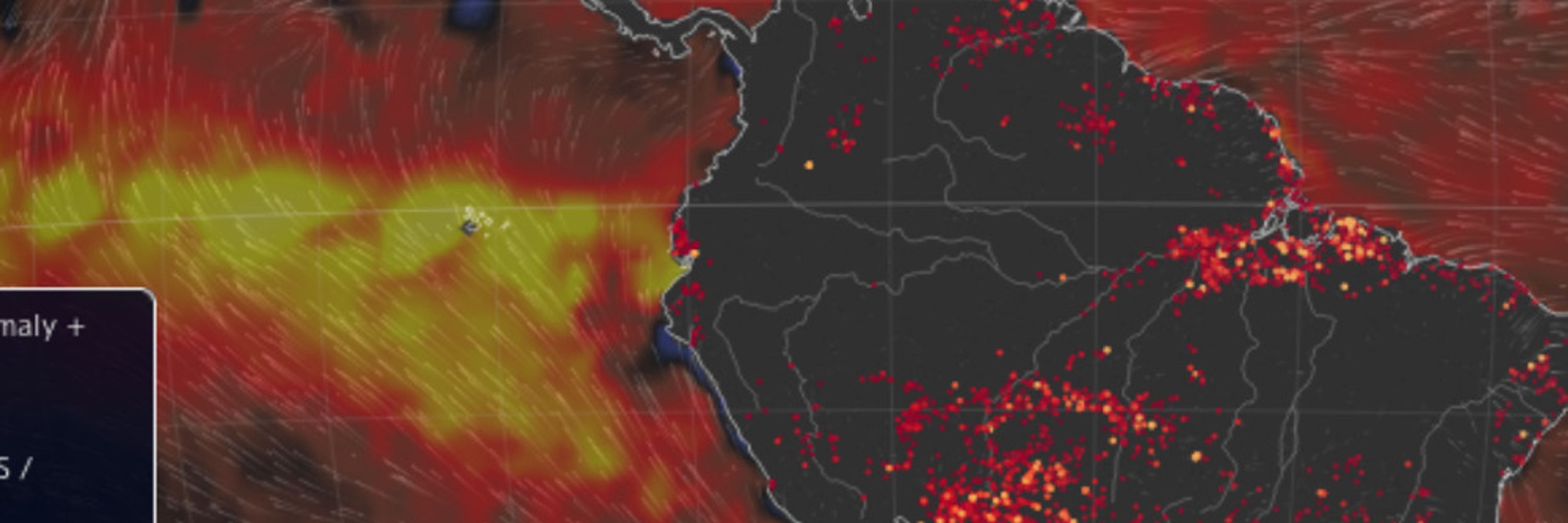

28.4 Akthy 1000m asl November record
It's an absolute insanity
NEVER HAPPENED ANYWHERE IN RUSSIA SO LATE
Also MINS up 17C UNPRECEDENTED in Russia
Also 29.4 Carsamba, Turkey on The Black Sea November record

28.4 Akthy 1000m asl November record
It's an absolute insanity
NEVER HAPPENED ANYWHERE IN RUSSIA SO LATE
Also MINS up 17C UNPRECEDENTED in Russia
Also 29.4 Carsamba, Turkey on The Black Sea November record
We have now several hot spots developing - would be a bit early to start for real
First 6 days ago, second from yesterday, and the last from last year...
#climate



We have now several hot spots developing - would be a bit early to start for real
First 6 days ago, second from yesterday, and the last from last year...
#climate

Again a step wise trend change and recent acceleration
Further noteworthy is that seasonal regional changes can be extreme in temperature and height. Another indication that the curvature of the troposphere becomes "wobblier"...

Again a step wise trend change and recent acceleration
Further noteworthy is that seasonal regional changes can be extreme in temperature and height. Another indication that the curvature of the troposphere becomes "wobblier"...
"Northern Hemisphere (NH) over 20°N to 80°N to reveal a continuous rise of H over 1980–2020. Over 2001–2020, H increases at 50 to 60 m/decade, which is comparable to the trend over 1980–2000.
#climate #Earth

Maybe could become important or not...

Maybe could become important or not...
"Close to the tropics in the Pacific Ocean, this relates to a much lower tropopause height during La Niña, which corresponds to an apparent narrowing of the tropical belt."
#climate #Earth

The result are extreme E of such an magnitude that they develop not a long lasting impact on the climate system
The faster we warm the climate the more non-linear the reaction will be

The result are extreme E of such an magnitude that they develop not a long lasting impact on the climate system
The faster we warm the climate the more non-linear the reaction will be
youtu.be/iyfMW0RltLU?...
#climate #ClimateCrisis #ClimateAction #ClimateScience #ClimateTech #weather #COP #COP30 #Belem #Brazil

youtu.be/iyfMW0RltLU?...
#climate #ClimateCrisis #ClimateAction #ClimateScience #ClimateTech #weather #COP #COP30 #Belem #Brazil

My two takeaways:
that tipping points are also warming rate dependent is coming into focus
Extreme events will continue to surprise us breaching old records by far margins that will be able to speed up/trigger tipping points
www.youtube.com/watch?v=cUNX...
My two takeaways:
that tipping points are also warming rate dependent is coming into focus
Extreme events will continue to surprise us breaching old records by far margins that will be able to speed up/trigger tipping points
www.youtube.com/watch?v=cUNX...
First picture 6 days ago, second 1 day, and the last from 2024, same date
During December they normally start to form
During December they normally start to form. I added a last picture from this year summer 2025-02-04, so you see the problem...




First picture 6 days ago, second 1 day, and the last from 2024, same date
During December they normally start to form
During December they normally start to form. I added a last picture from this year summer 2025-02-04, so you see the problem...
Governments or ministers resigning after extreme events which caused more causalities than necessarily due to bad political decisions
The day will come when the empire will be questioned as humanity is now driven into extinction
Just continue current trajectories
#Earth

Governments or ministers resigning after extreme events which caused more causalities than necessarily due to bad political decisions
The day will come when the empire will be questioned as humanity is now driven into extinction
Just continue current trajectories
#Earth
Guess, we know the answer...
reentering “transition metals” [...] can create “long-term adverse effects on the atmosphere such as ozone depletion, radiative effects and changes in cloud formation, if no action is taken.”
#Earth

Guess, we know the answer...
reentering “transition metals” [...] can create “long-term adverse effects on the atmosphere such as ozone depletion, radiative effects and changes in cloud formation, if no action is taken.”
#Earth
This could then lower algal carbon sequestration & exacerbate climate change.
www.sciencedirect.com/science/arti...

This could then lower algal carbon sequestration & exacerbate climate change.
www.sciencedirect.com/science/arti...
#climate #earth

Data from @copernicusecmwf.bsky.social ERA5 reanalysis.

Data from @copernicusecmwf.bsky.social ERA5 reanalysis.

Never fuck around with the oceans if you live on a water planet!
What do we do?
We fuck them in any way possible with all we've got
A normal system develops the abilities of all, this one needs to stupidify us to be able to continue...
#climate #earth










